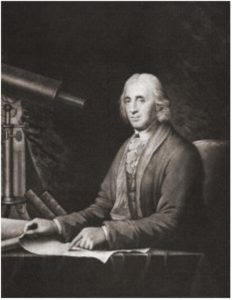

The 1837 gold coins were simply struck closer towards a guaranteed perfection.
1792 coinage act full#
What was legal in 1837 was easily within what had been made legal in 1834, where and when the full ramifications of gold-to-silver valuation rates had been considered. Since the new minimum and maximum weight and minimum and maximum purity of gold coins easily fell within the 1834 standards, the 1837 gold coins did not need new regulated values. 9166 to equal 866.25 grains of pure gold (which, by the 1792 equivalent rate of 24.75 grains of pure gold/dollar, equaled $35.00).Īs the comparisons readily show (by the converging of the 1837 standards towards a targeted middle weight ), the new standards of 1837 at all times stayed within the old 1834 standards (the upper weight tolerance was lower in 1837, and the lower weight tolerance higher, than their 1834 counterparts-showing a narrowing range of allowable weight, at all times in 1837, within the wider range earlier set in 1834).



Multiple coins of the same monetary metal and in the same purity could also be weighed in bulk, just as easily.įor example, if five gold coins, in various denominations, all struck under the 1792 standard, together weighed 945 grains troy, then one only needed to multiply that weight by the appropriate purity standard of. Value could easily be determined, simply by weighing the coin in its standard weight and then calculating its monetary value by the coin’s known purity. The legal value of every coin in 1792 was dependent upon its actual weight, rather than target weight. Since purity was difficult to determine later, Congress went to great pains, even from the onset, to establish and ensure it within a narrow range (plus or minus 1/144th). Under the original 1792 Coinage Act, all coins of silver and gold were given legal values dependent upon their actual weight, of coins struck in defined standards of purity, with those values ultimately depending upon their weight of pure silver or pure gold.Ĭongress implemented precise standards for purity in 1792, but only issued target weights, without ever specifying minimum and maximum weight allowances. Since Congress didn’t establish new monetary valuations for gold in 1837, it is appropriate to show they were not needed, given its importance. In other words, the 1837 change was too small to trigger a revaluation requirement under the 1834 Act. The reason Congress didn’t have to revalue gold coins in 1837, like members had to do in 1834, even though the target weight of pure gold again changed, is because the 1837 gold coins remained within the legal tolerances for weight and purity established by the 1834 Act. 9.Congress also did not need to revalue gold coins in 1837, like they didn’t also with silver, even though the target amount of pure gold changed again, in the 1837 Act. Concerning gold coins of the United States, and for other purposes.īe it enacted by the Senate and House of Representatives of the United States of America in Congress assembled, That the gold coins of the United States shall contain the following quantities of metal¹ that is to say: each eagle shall contain two hundred and thirty two grains of pure gold, and two hundred and fifty-eights grains of standard gold each half eagle one hundred and sixteen grains of pure gold, and one hundred and twenty nine grains of standard gold each quarter eagle shall contain fifty-eight grains of pure gold, and sixty-four and a half grains of standard gold every such eagle shall be of the value of ten dollars every such half eagle shall be of the value of five dollars and every such quarter eagle shall be of the value of two dollars and fifty cents and the said gold coins shall be receivable in all payments when of full weight according to their respective values and when of less than full weight, at less values, proportioned to their respective actual weights.


 0 kommentar(er)
0 kommentar(er)
